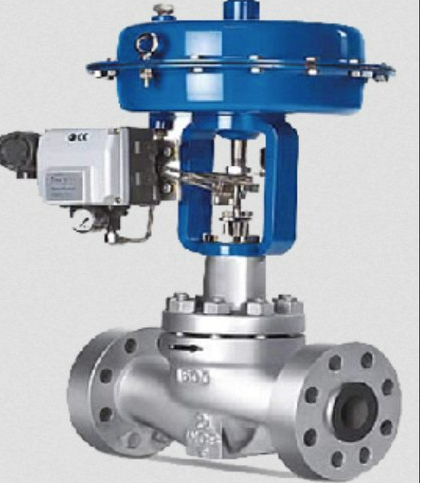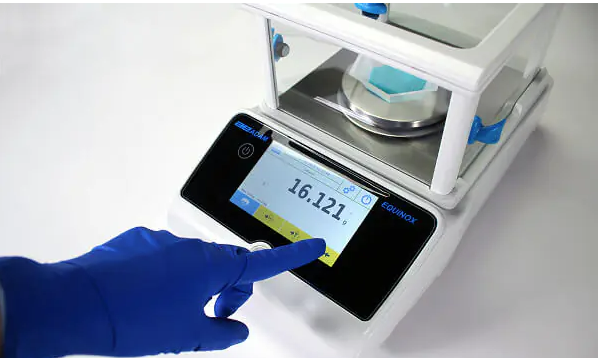
pH Calibration UAE
• Regular calibration of pH electrodes is crucial for accurate results due to potential contamination.
• Recommended intervals for calibration include weekly, daily, or more frequent if the sensor is frequently used or contaminated.
• Selecting the correct buffers is crucial, with at least two different buffers used.
• Quality of buffer solutions is crucial; expired or single-use solutions should not be reused.
• Instrument setup is crucial as pH measurements are sensitive to temperature.
• Most instruments include buffer table templates, which provide information about the exact pH value at different temperatures.
• Temperature measurement is necessary for pH measurements as the Nernst equation describes the potential of an electrochemical cell.
• Calibration involves preparing the electrode, rinsing it with deionized water, and placing the sensor in the buffer solution.
• The solution should be stirred between the buffer solutions, avoiding vortex formation and splashing.
• Instruments can decide when the reading is stable by monitoring the drift or stopping the measurement after a fixed time interval.




